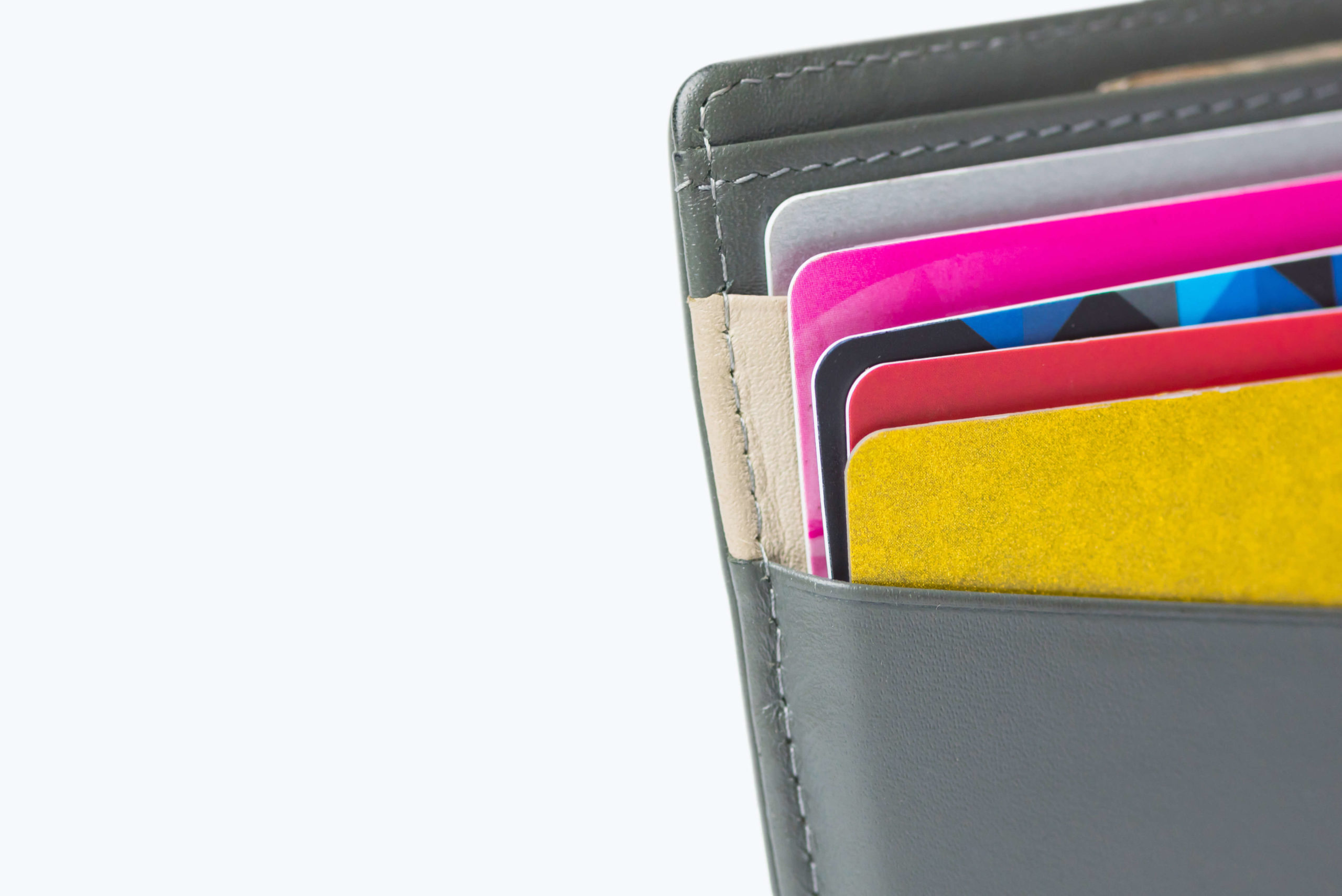
Last Updated: 18 Jul 2020 Large wallet required in Japan, the club member nation
One striking feature of consumer culture in Japan is the prevalence of various types of membership systems (kai-in sei). Many Japanese have to get extra wallets to manage the proliferating number of membership cards that they receive from the establishments they do business with.
Japanese businesses seem particularly eager to get consumers to become members, and some use membership-only systems where they would not be used in the U.S. For example, most yoga studios in the U.S. allow people to pay as they go, while in Japan many yoga studios only allow one trial lesson and then you have to join. I recently saw a nail salon in Shinagawa that operates on a kai-in sei, where one pays a set fee for unlimited filing and coloring in a month (although when I did the math it didn’t seem like a very good deal unless one were truly a manicure junkie).
If an establishment operated this way in the U.S., it might not be able to attract enough members, but somehow Japanese consumers seem less averse to being locked into memberships. Perhaps there is a cultural comfort, or even desire, to become a “member.” Also Japanese may be more willing to see themselves as creatures of habit setting up a predictable pattern, whereas Americans tend to chafe at anything that might restrict their freedom of choice.
Or on the other hand, as marketing expert Professor Kenneth Grossberg of Waseda Business School points out, “It is the vendors (stores, esthe salons, etc.) which try to force affiliation and loyalty (repeat purchase) by making it worth the customer’s while to keep coming back. It is also a way of extracting more money from the customer…Not a good deal, but the one thing that can be said about Japan is that the consumer has become accustomed to not having that many good deals to choose from, which may be why they acquiesce in these kai-in systems so readily.”
Another variation that is popular in Japan is loyalty cards – the official industry term for the various cards often called “point cards” or “stamp cards” in Japanese English. A wide variety of businesses hand these out to customers, from department stores to soup restaurants. It’s easy to get a quick gauge of someone’s consumer tendencies by taking a peek at what membership and loyalty cards they keep in their wallet. One friend I checked with had a handful of cards from coffee shops that revealed a serious caffeine habit. One of my colleagues proved to be a heavy user of the dry cleaner and a frequent customer of the local wine shop. As for me, my wallet is filled with cards from shiatsu and foot massage salons.
In the United States, loyalty cards tend to be the province of larger stores such as supermarkets, which have the money to invest in the computer systems that make computerized credit-card like loyalty cards possible. However, in the United States it’s rare to find the paper loyalty cards that are so prevalent in Japan, in which the store stamps each time a purchase is made. Probably few Americans would have the patience to hold onto such cards and collect the stamps. However, from the Japanese point of view, perhaps these cards tie into the stampurary tradition of collecting stamps in a notebook, such as is done at Buddhist temples or train stations, so that there’s a satisfaction in and of itself from the collecting.
Related articles
Purpose should come from within, but also from outside Japan HQ
Recently an HR director for a Japanese financial services company in Europe told me that he had been
(Video) So, What is Monozukuri Actually?
Monozukuri is one of those well-known and often used Japanese words among people from outside of Jap
(Video) So, What is Ikigai Actually?
Ikigai - The Japanese word for the goal that gets you going - is often misunderstood by non-Japanese




